2019 Ford Expedition Pros and Cons

FAST FACTS
| Engine: | Twin-turbo 3.5L V6 |
| Output: | 375 hp, 470 lb-ft / 400 hp, 480 lb-ft (MAX) |
| Transmission: | 10-speed automatic |
| Combined Fuel Economy (MPG): | 18 (4WD) |
| Combined Fuel Economy (L/100 km): | 13.1 (4WD) |
| Pricing (USD): | Starts at $53,525 |
| As Tested Price (USD): | $84,900 |
The Ford Expedition is one of the last few body-on-frame SUVs out there, but it’s also among the best. With a platform that’s shared with the more premium Lincoln Navigator as well as a similar engine, the Expedition may be your budget bet. Here’s a quick take on this pretty impressive new SUV.
2019 Ford Expedition Pros and Cons
Pros:
Cargo Space:
The Expedition Max we tested is the biggest variant of the Expedition available. With an overall length of 221.9 inches, and a wheelbase of 131.6 inches, the Max is huge, but that space is reserved only for cargo. The passenger space of the Max and regular sized Expedition is the same, but the cargo room expands significantly. While a normal Expedition features 20.9 cubic feet behind the third row, the Max has over 70 percent more space at 36.0 cubic feet behind the rear seats. That means that in total, the Max model features 121.5 cubic-feet behind the first row. We used it in lieu of a moving van, and the Expedition performed as good as we could have hoped.
Interior:
While the Expedition is the baby brother to the Lincoln Navigator, the interior is pretty well executed. Some liken it to a top of the line F-150, as the Expedition features a very familiar layout but in Platinum trim, it’s done up with premium materials and accents. For buyers who are worried that the Navigator is a bit too fancy, the Expedition will feel plenty high-end. You’ll also notice that the interior is very quiet, which leads an excellent, refined impression of the Expedition. The only downside is the wind noise.
Technology:
The tech in the Expedition is impressive as Ford has outfitted the SUV with so many goodies. The safety and driver assistance features are fantastic as they help make the large vehicle more accessible and easier to drive. Adaptive cruise control is perfectly calibrated to slow down the heavy car all the way to a stop without too much of a worrying lurch. There’s a pre-collision warning system that warns you of impending accidents, which can also react to pedestrians. The lane keeping system is helpful too when you become self-aware of just how big and wide the SUV is. The parking assistance tech and the cameras were invaluable when piloting the Expedition.
See Also: Ford F-150 vs Ram 1500
Powertrain:
The EcoBoost engines have gained quite the reputation these days for incredible performance out of a small package. Well despite the size of the Expedition Max that was tested, the 3.5-liter turbocharged V6 engine proved to be quite robust, with 400 horsepower and 480 lb-ft of torque. This is the upgraded engine that’s found specifically in Platinum trim models, as XLT and Limited trim level vehicles get just 375 and 470 lb-ft of torque. It’s paired to a ten speed automatic, that is generally well behaved, and a selectable four-wheel mode that includes 2 Wheel mode, 4-wheel auto and 4 wheel low. There’s also a drive mode select that allows the driver to dial in specific situations or needs, like towing, sports mode and low traction conditions.
See Also: Ford Expedition First Drive and Review
There are many positives to be said about this engine, like the way it brings the 5,700 lbs (2,600 kg) up to speed, without any struggles. It’s a sure bet that the Expedition can easily meet the needs of those looking to tow about 9,000 lbs (the max tow rating of the car is actually 9,300 lbs for 2WD models, and 9,200 for 4WD)
Cons:
Fuel Economy:
The Expedition boasts some of the best fuel economy in its segment… but that’s not saying much. Expect at best 18 MPG combined in the 4WD Max model. This is brutal and even worse than the thirstiest V8 F-150. The Expedition and SUVs like this need to perform better.
Which size?
Some might have a tough time picking which model of Expedition is best for them, but the fact that the Max and regular wheelbase have the same passenger space can be a significant issue. Legroom in all three rows is the same, and that means that the third row is still tight, despite the fact that there’s so much more available room. The only reason to pick the Max is for the extra cargo space.
Price
The Expedition starts at a reasonable $53,525 but that’s for a base 2WD XLT model with the standard wheelbase. The Max starts at $54,815 and our loaded Platinum model rings in at $84,900 which is a significant chunk of money, and easily into true luxury car territory. Which is what brings up the next point.
Lincoln Navigator
At over $80,000 the Ford is far too close to the price of a well equipped Lincoln Navigator, which is more luxurious, with a more powerful engine and it looks better too. You can even get a model with the long wheelbase, for the same price of the fully loaded Expedition. It’s an overall better choice than the Ford, simply-put, its a no-brainer.
See Also: Lincoln Navigator Review – Video
The Verdict: 2019 Ford Expedition Pros and Cons
A large SUV with a smooth powertrain has always been considered an ancient item, but the new Ford Expedition is surprisingly refined and punches above its weight class. It’s extremely spacious, but that space is best reserved for cargo, and it’s a bit pricey when you consider the alternatives at that high end.

Sami has an unquenchable thirst for car knowledge and has been at AutoGuide for the past six years. He has a degree in journalism and media studies from the University of Guelph-Humber in Toronto and has won multiple journalism awards from the Automotive Journalist Association of Canada. Sami is also on the jury for the World Car Awards.
More by Sami Haj-Assaad



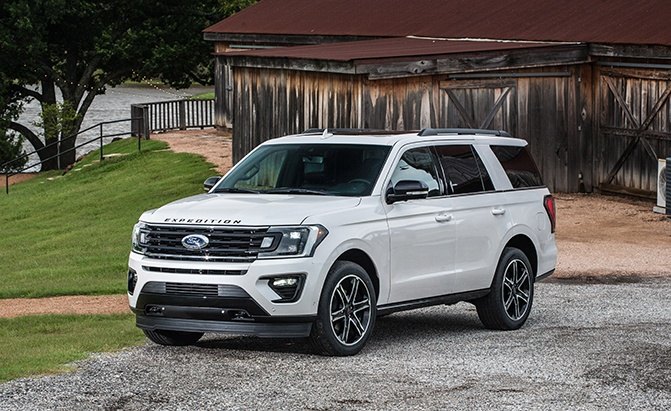














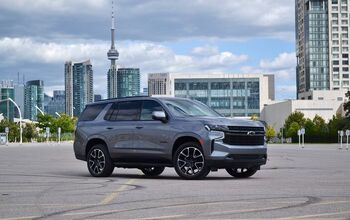
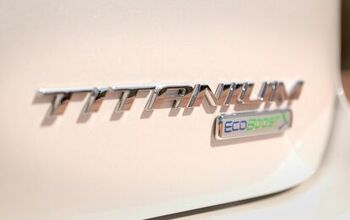
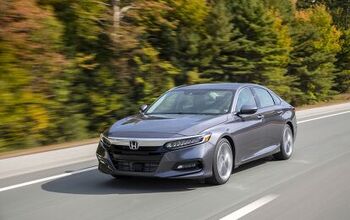
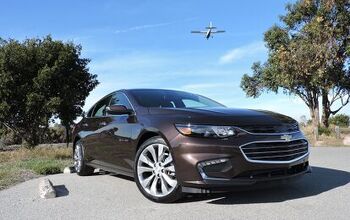














Comments
Join the conversation